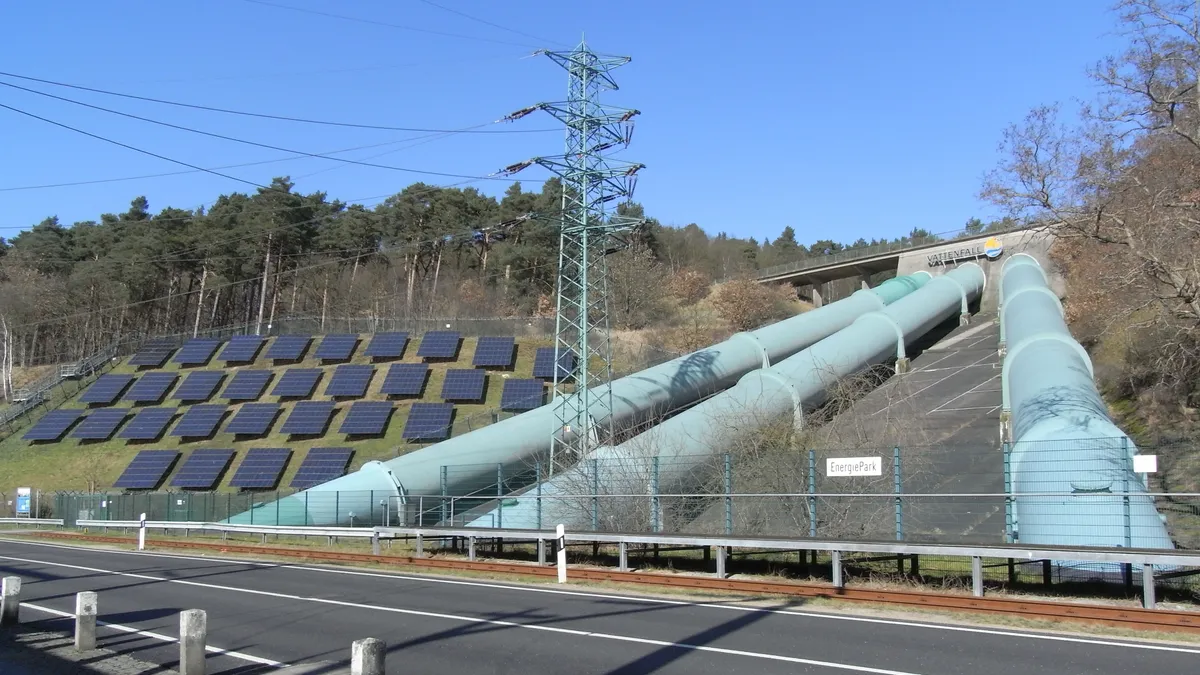Dive Brief:
- NRG Energy Inc.’s $567 million plan to close one coal plant, convert another to natural gas by 2016, and retrofit two others with pollution control technology will provide half the cuts required by the proposed EPA greenhouse gas reduction regulations for Illinois, where the four facilities acquired last year by NRG are located.
- The moves will reduce the 2013 CO2 emissions in Illinois by 16 million tons by 2020, the equivalent of 4 million cars’ annual CO2 emissions, and they will also reduce Illinois 2013 sulfur dioxide emissions 90%, nitrogen oxide emissions by 65%, particulate matter 70%, and mercury 53%.
- The cost of the plan will not come from ratepayers or government subsidies but it will cost about 250 of the plants’ 600 jobs, most at the shuttered Romeoville plant and the converted Joliet plant, with fewer at the retrofitted Pekin and Waukegan plants.
Dive Insight:
Coal plants converted to piped-in natural gas require half the staffing because coal plant operations include handling, transporting and cleaning coal.
The moves represent a victory in environmentalists’ 10-year campaign against the coal plants. They want NRG to move more quickly to renewables and eliminate coal at the Pekin and Waukegan facilities, while NRG leaders are concerned about missteps that would compromise reliability during the transition.
CEO David Crane says he is moving NRG from its past in coal to its future in renewables and, with NRG’s $2.6 billion acquisition of the Edison Mission Energy assets and operating companies earlier this year, its 53,600 megawatt generating capacity made it the biggest competitive U.S. power company and the third biggest U.S. owner of renewable capacity.














